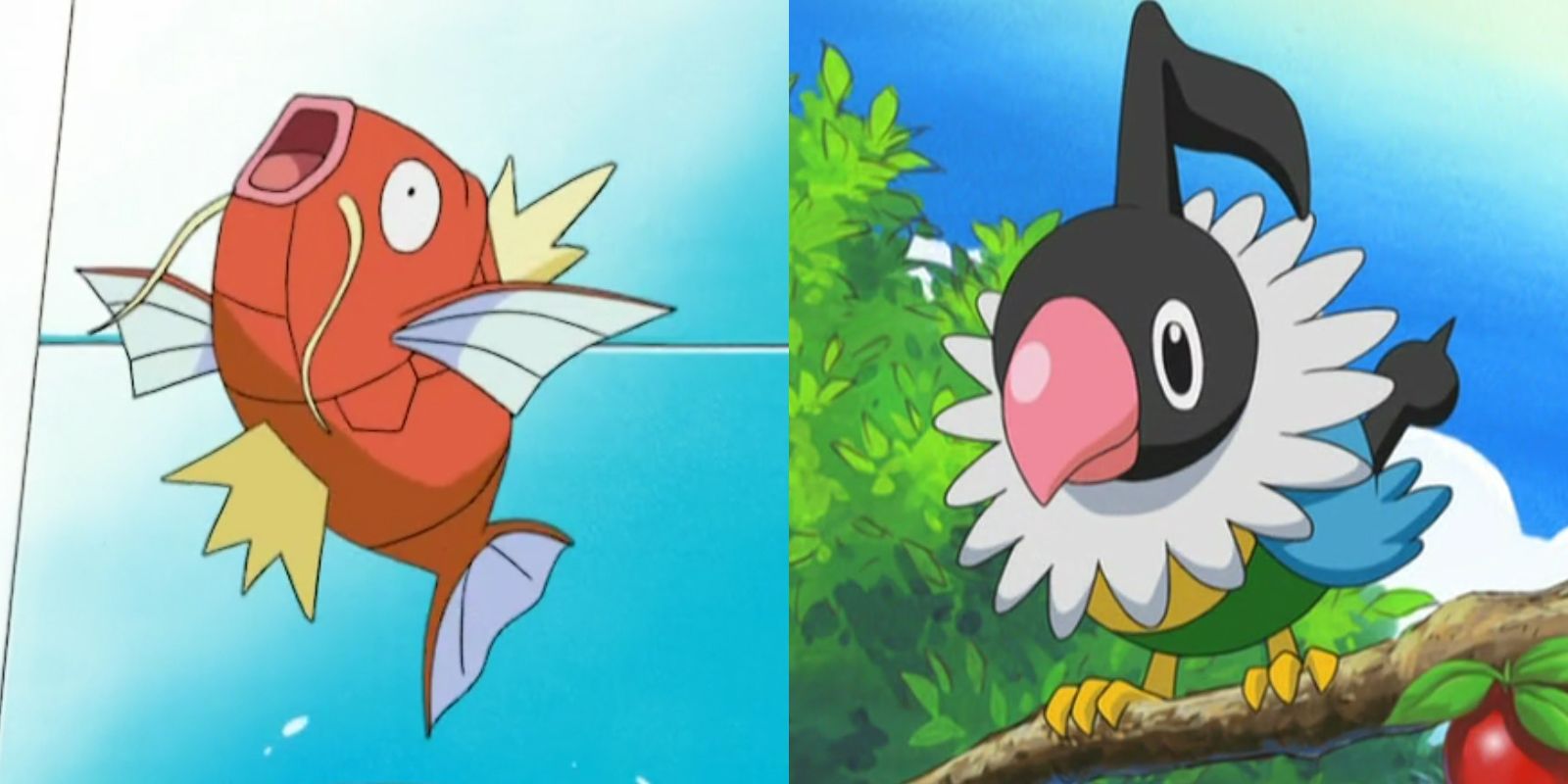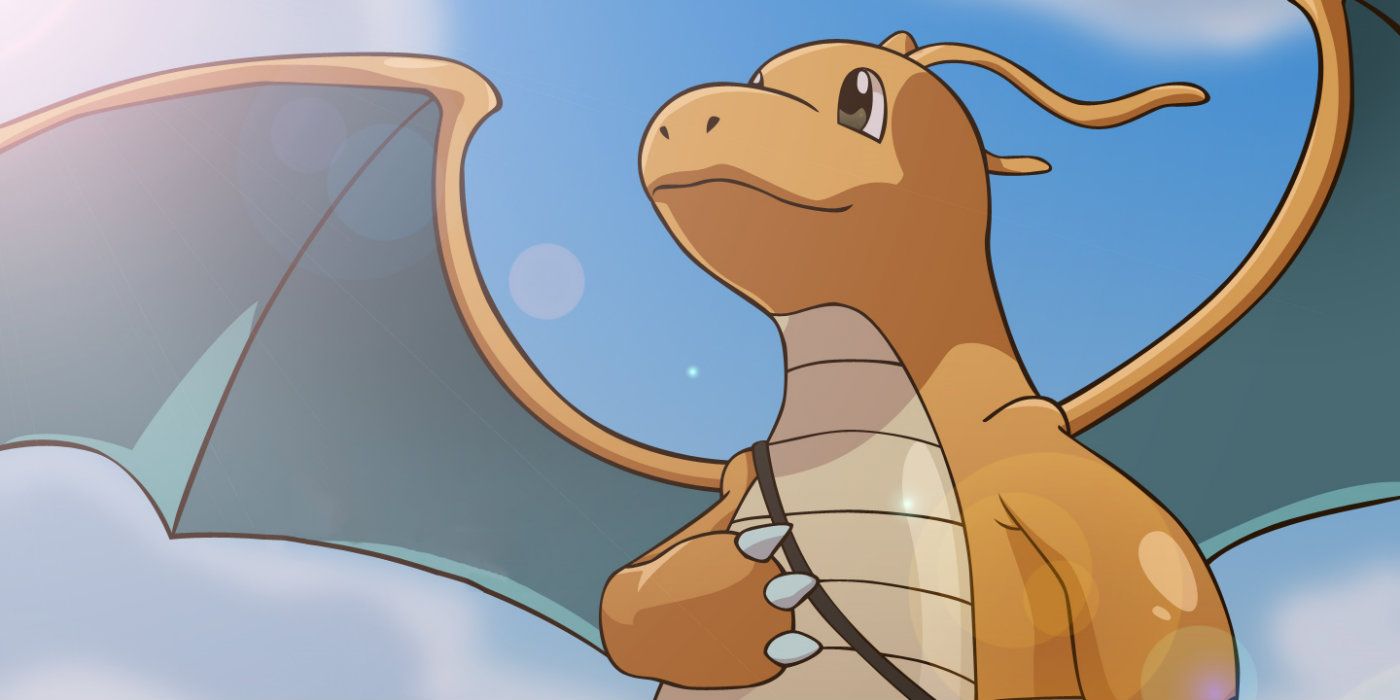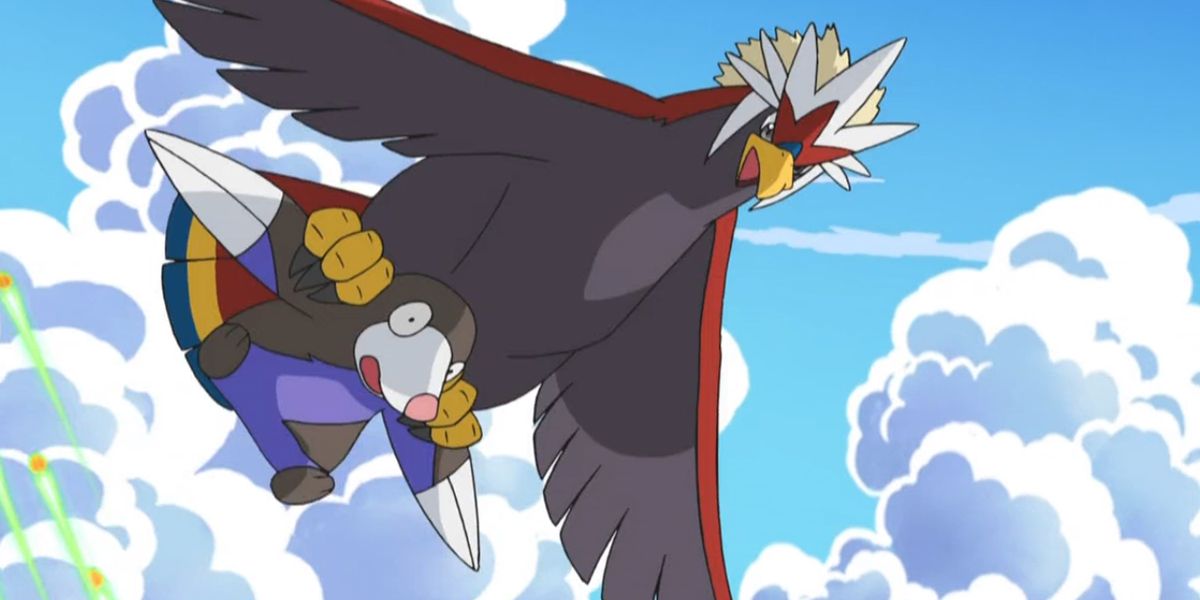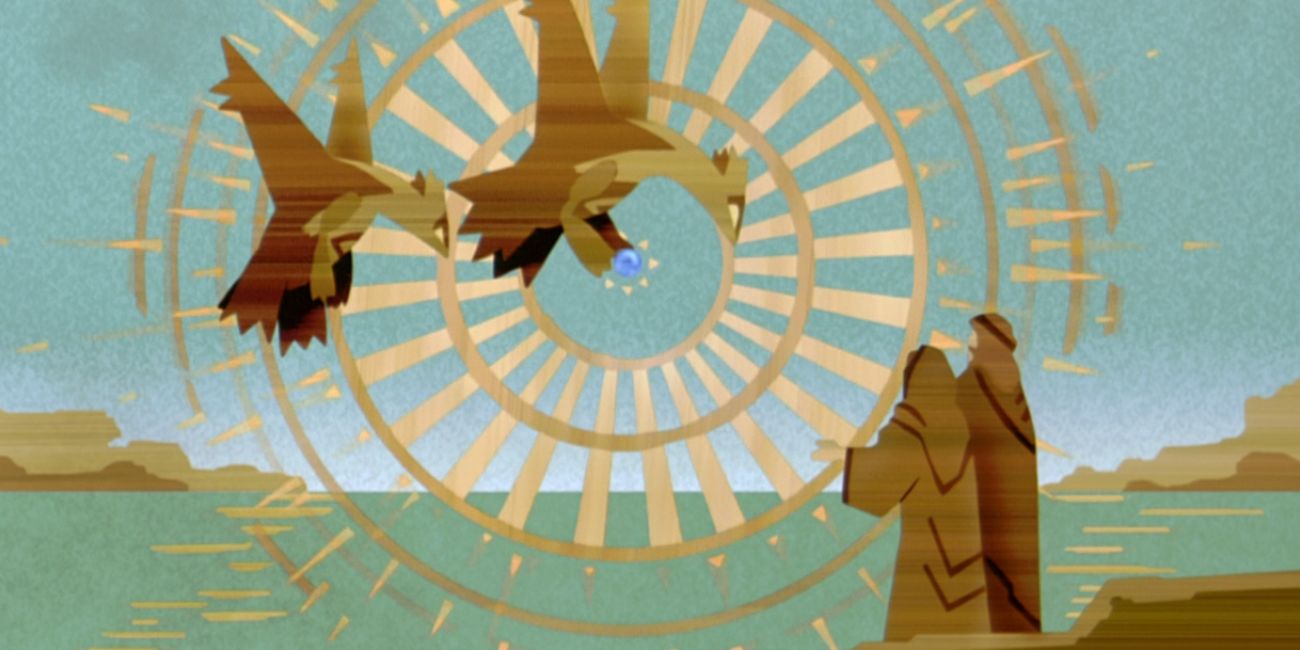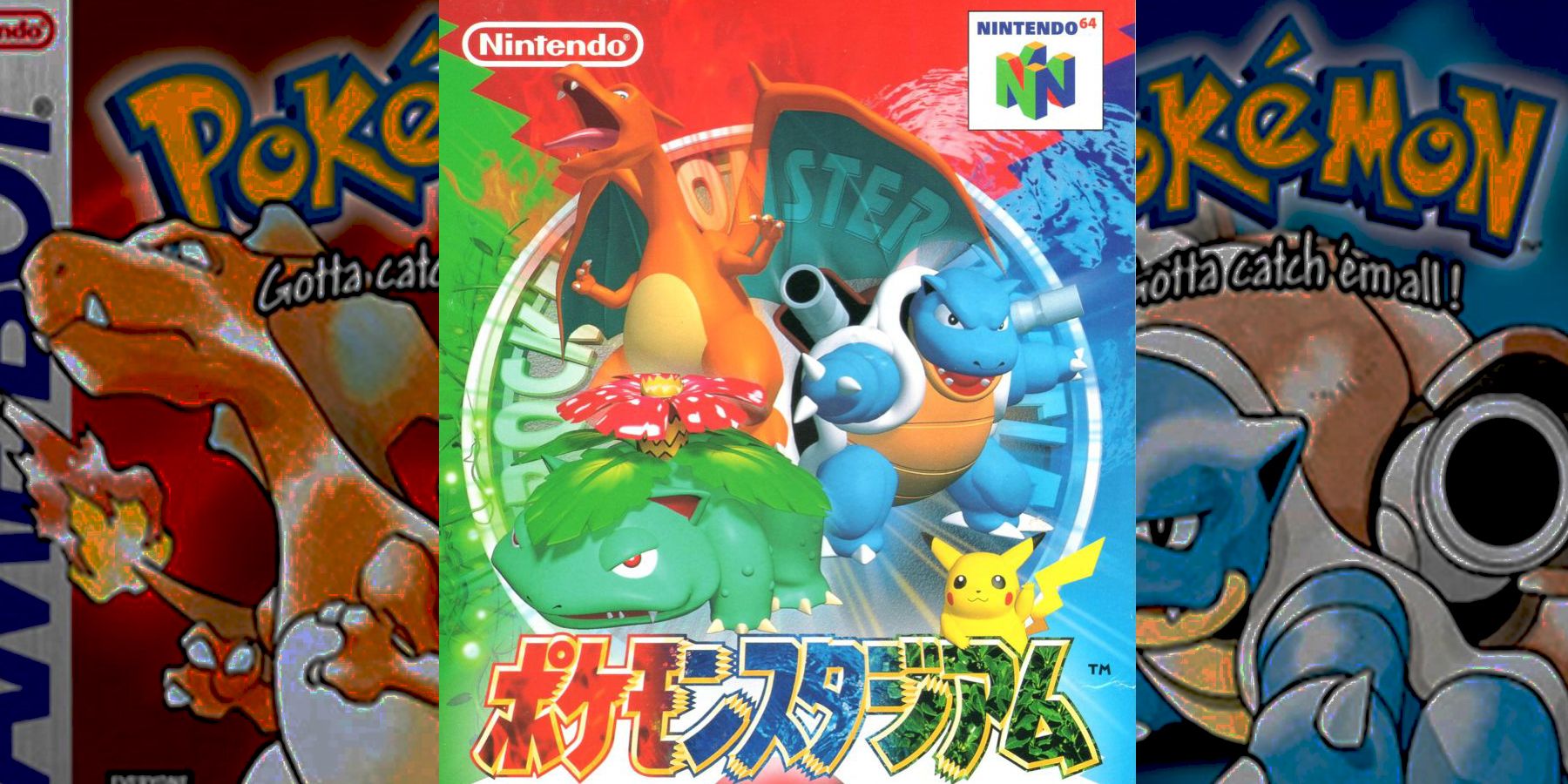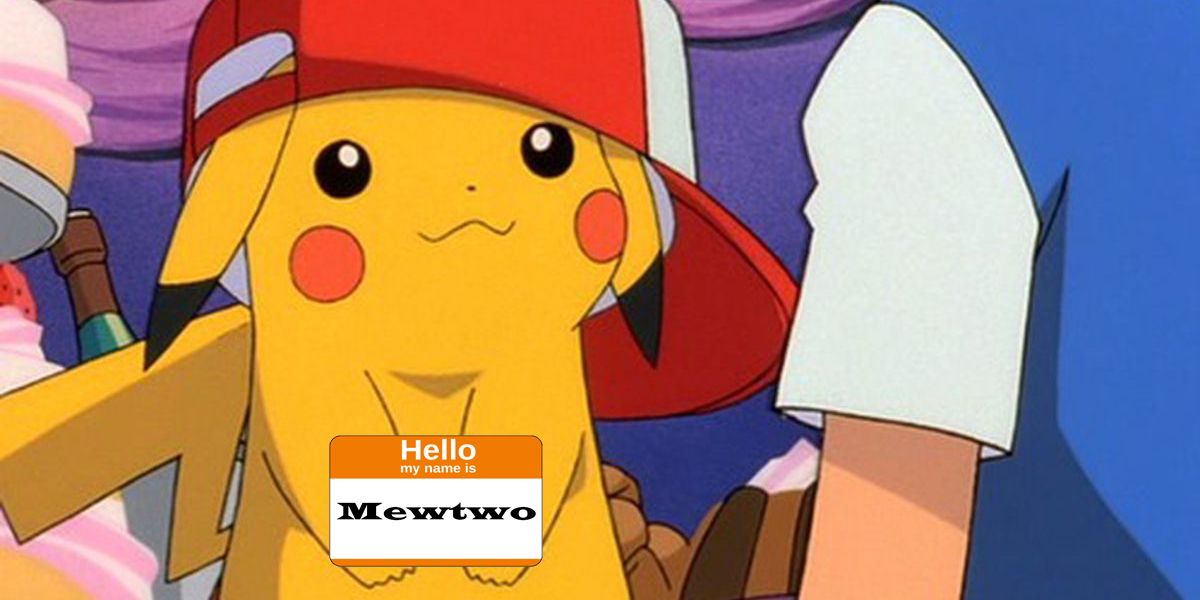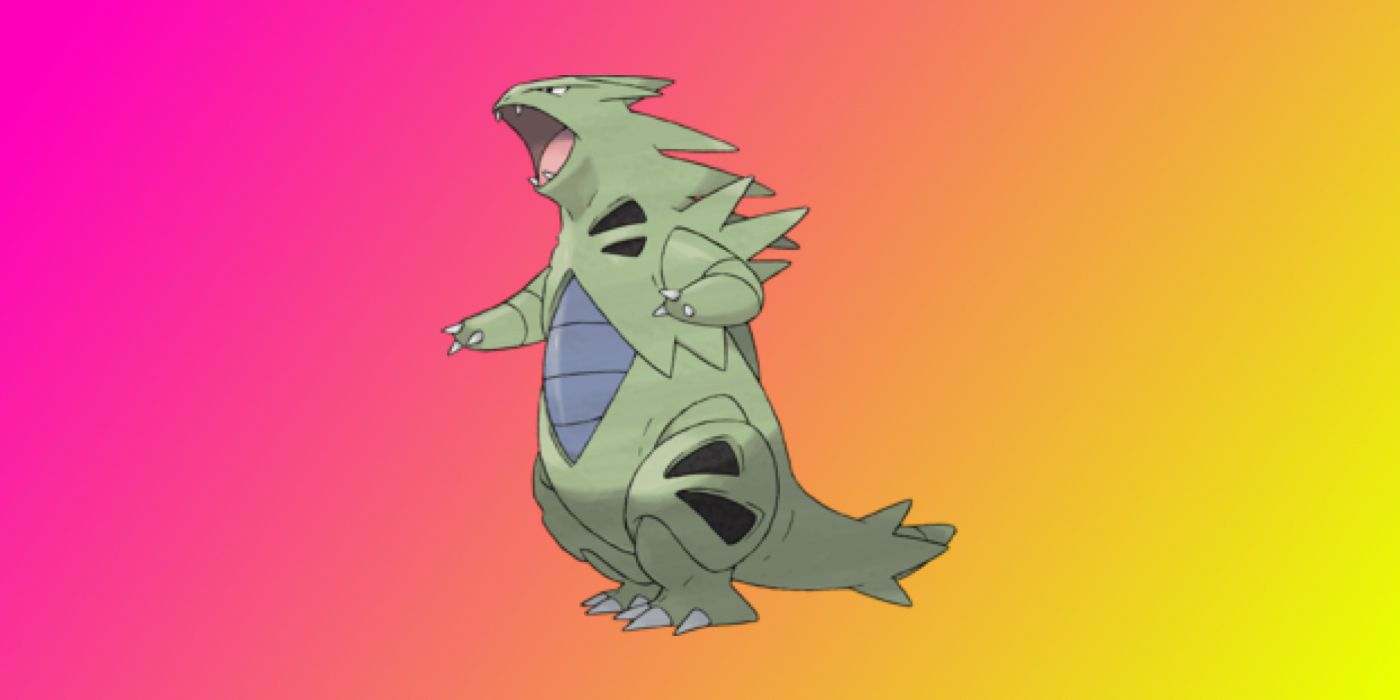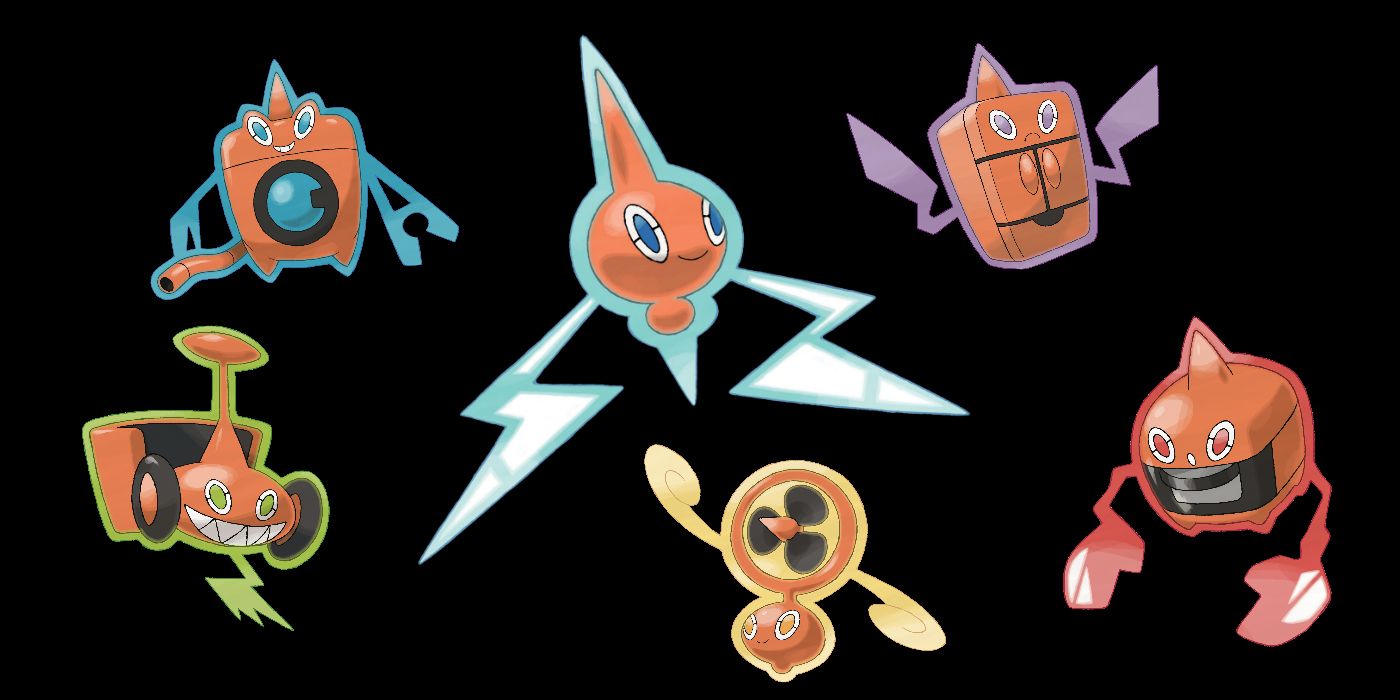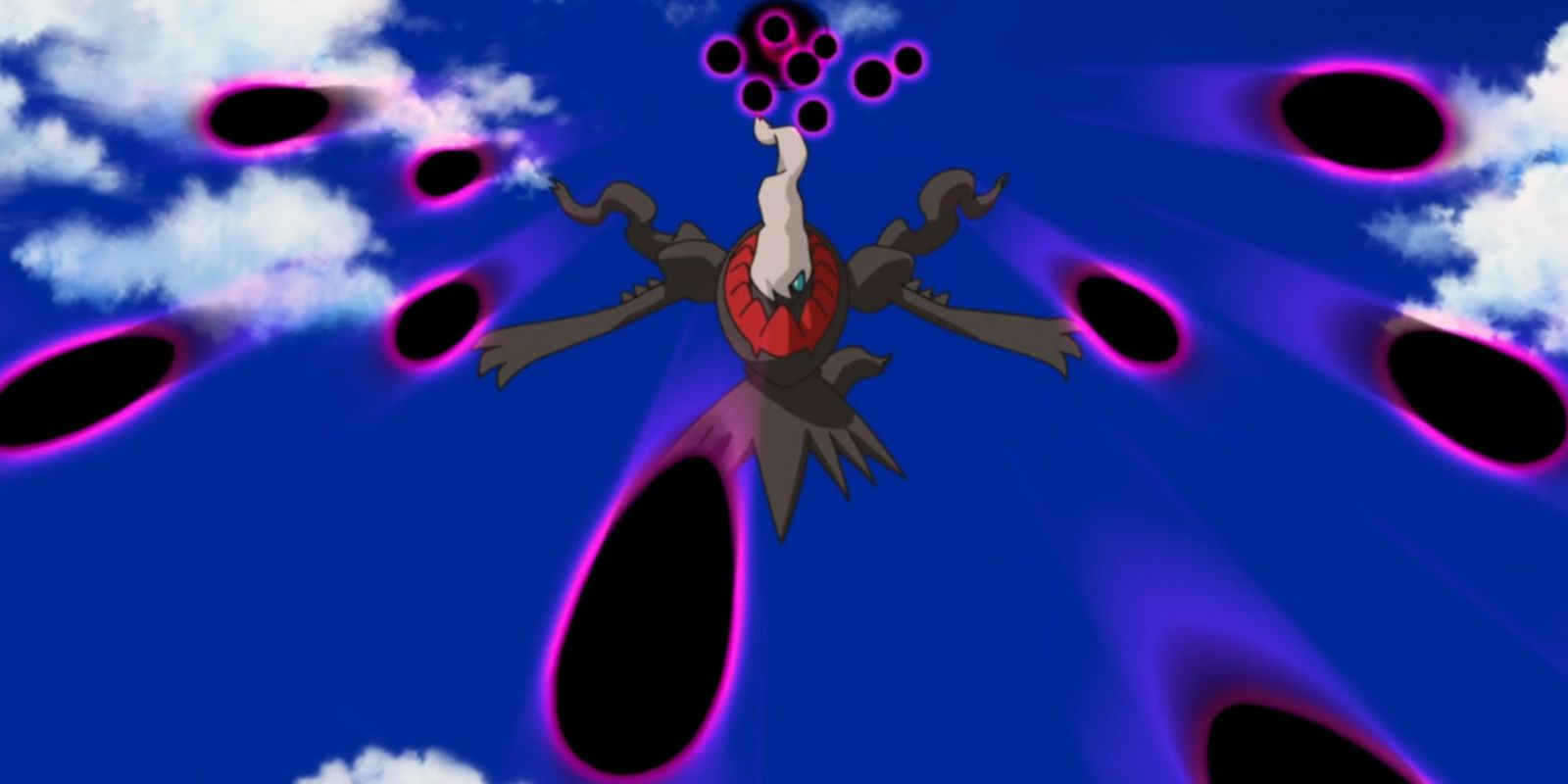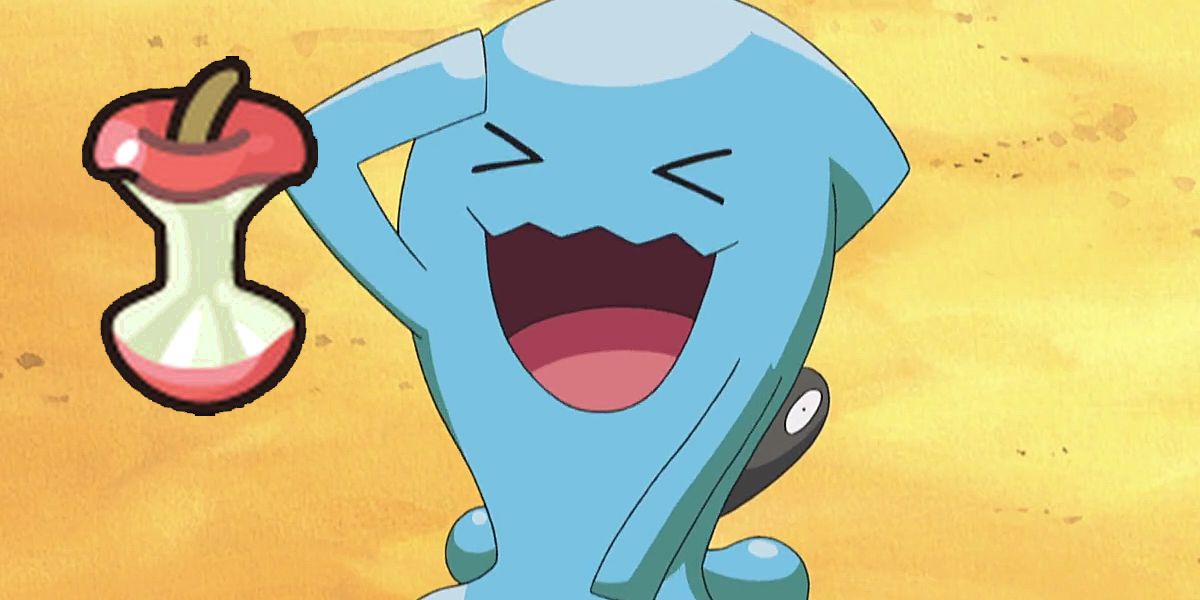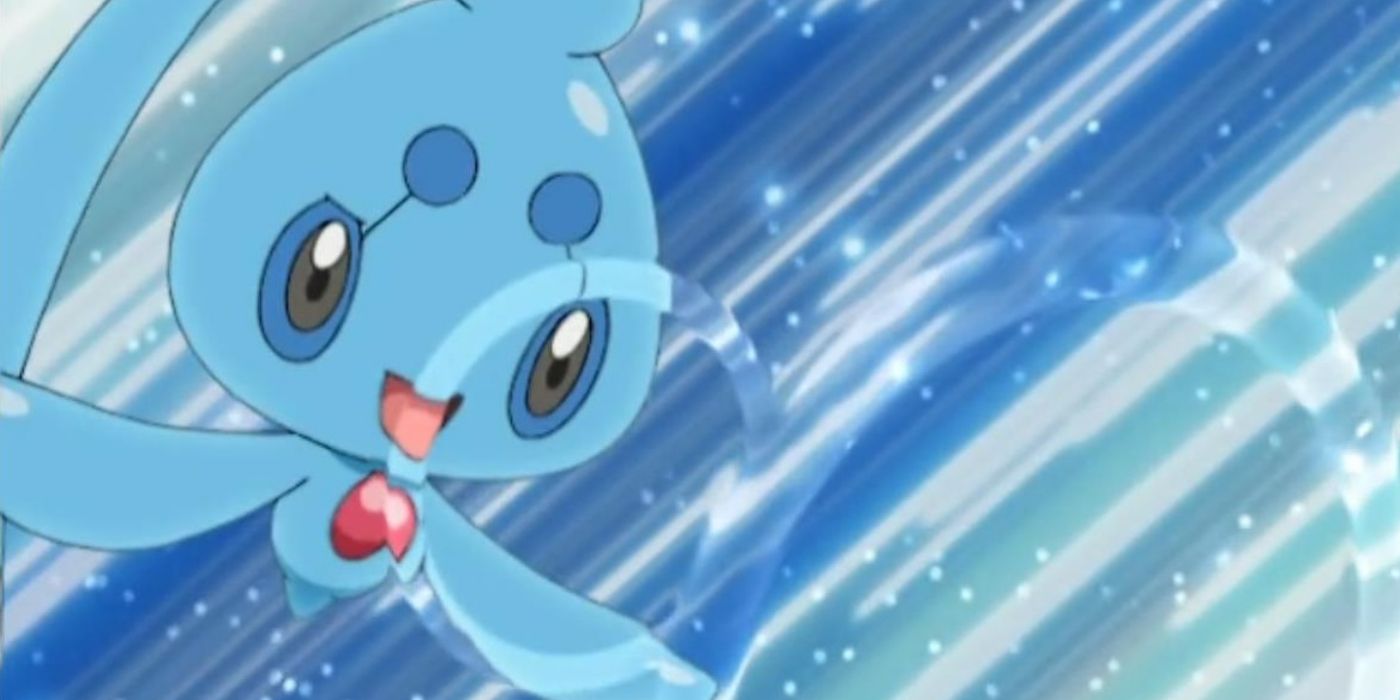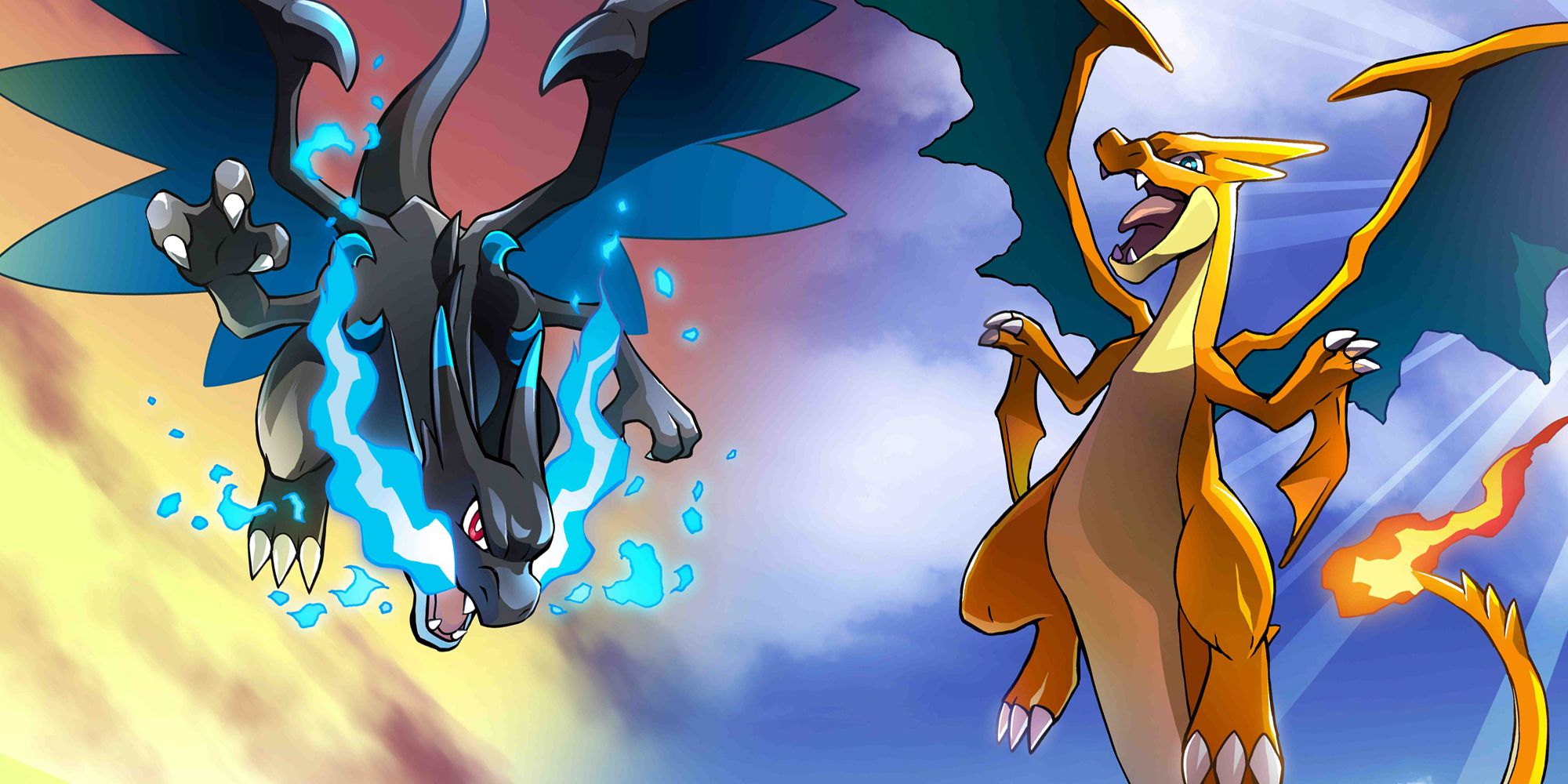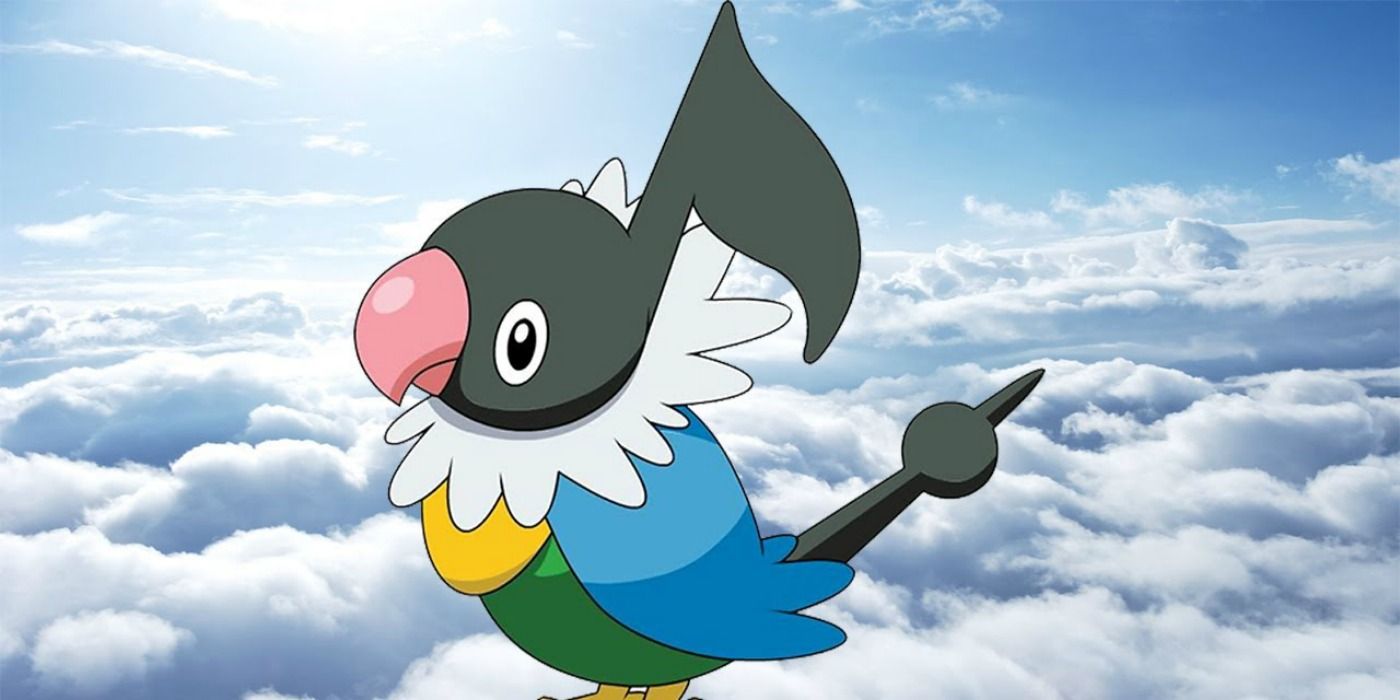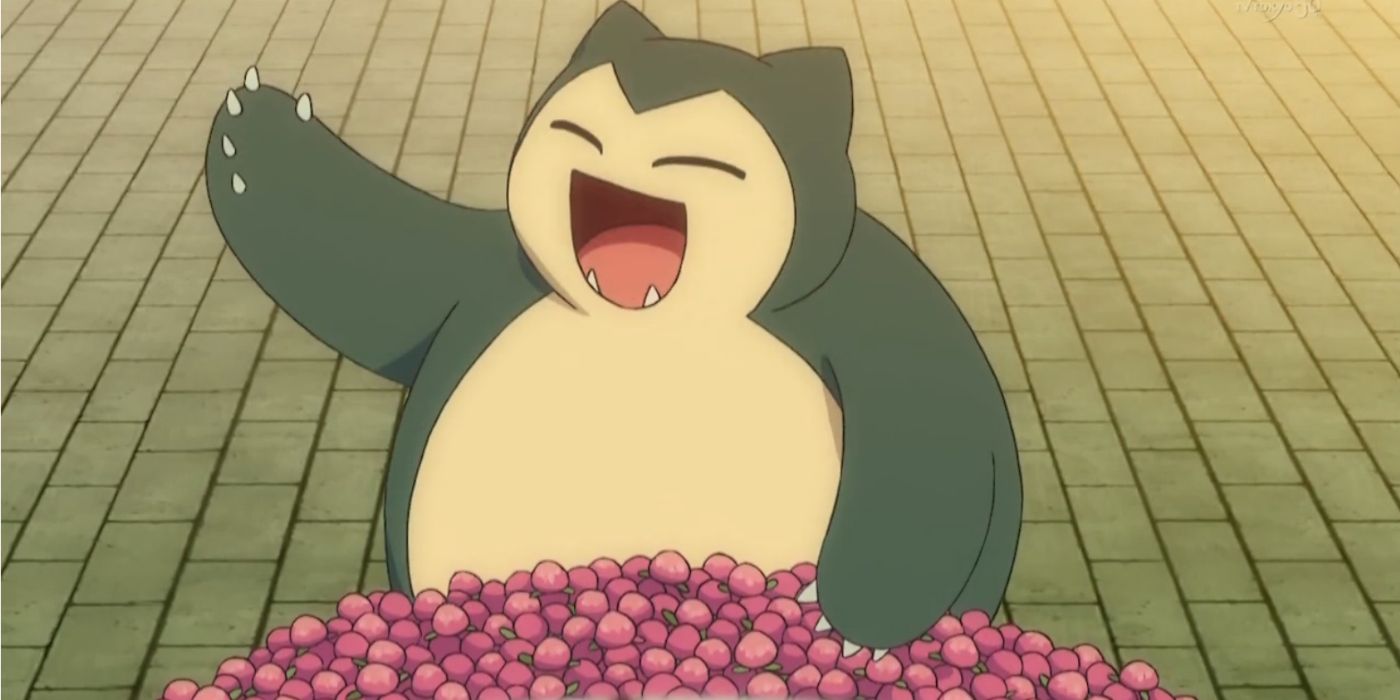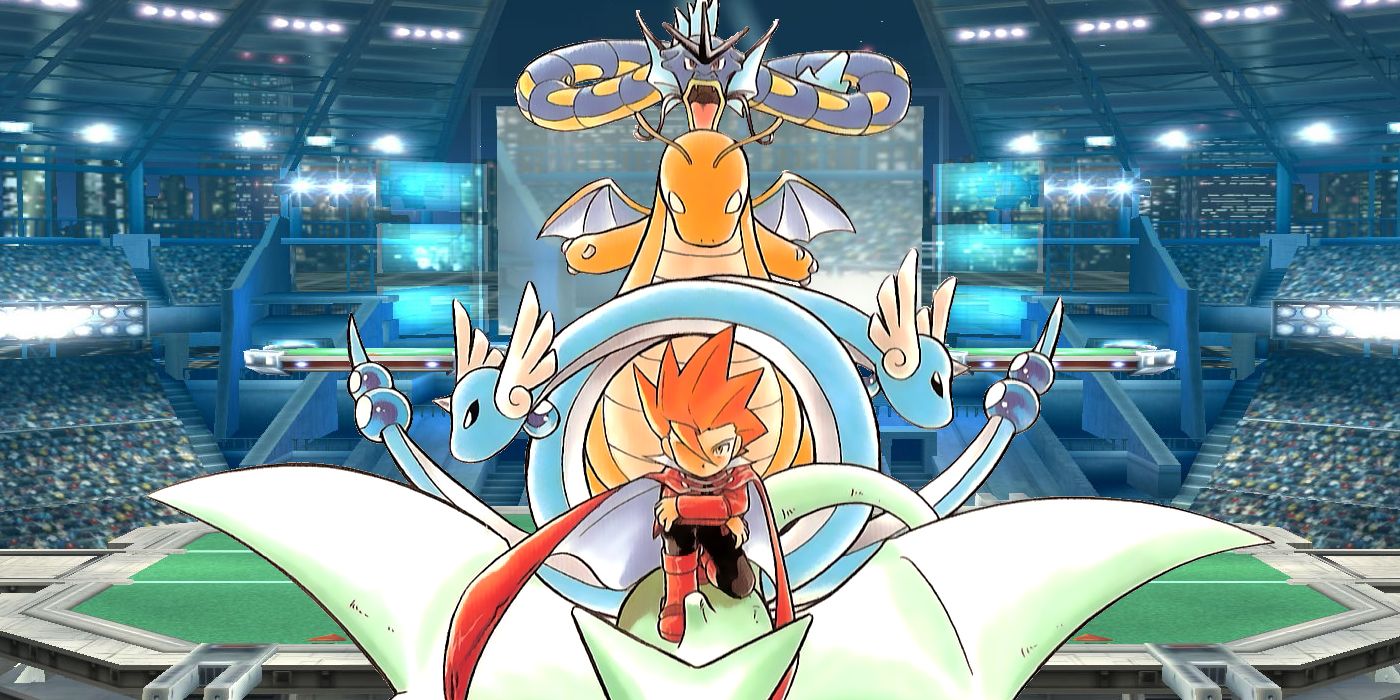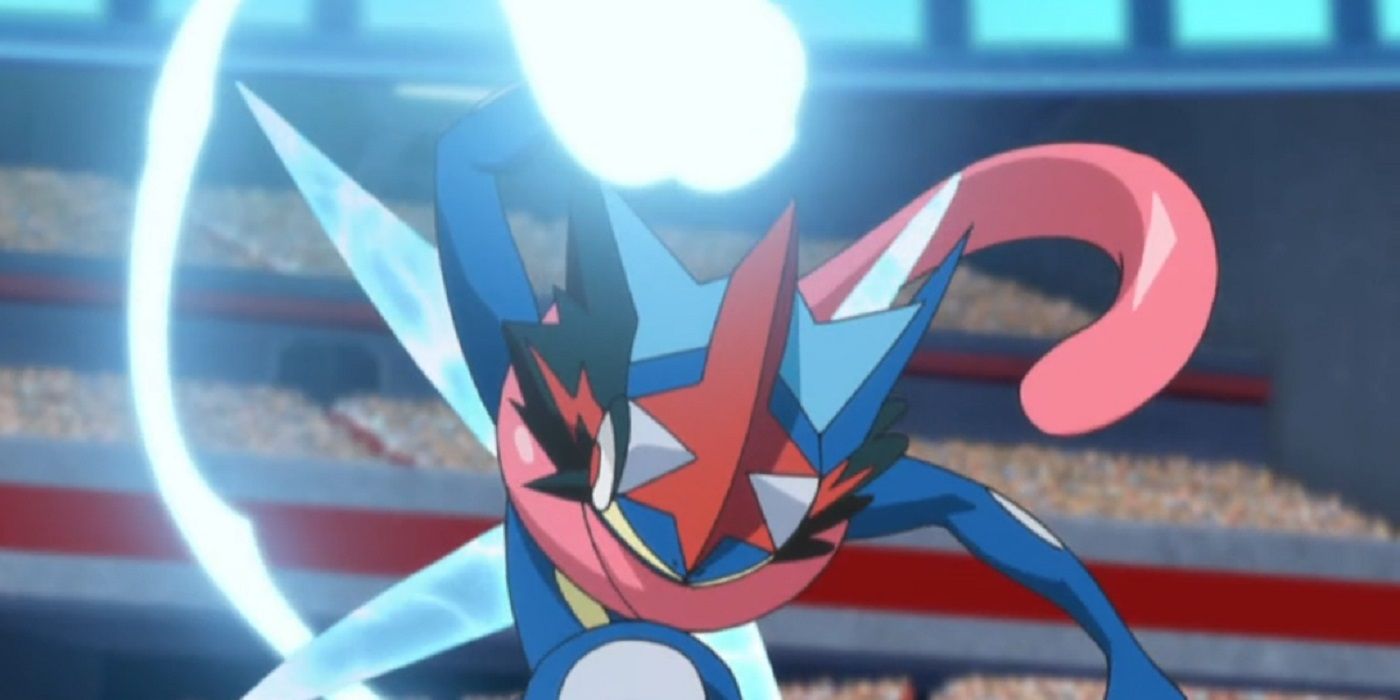"Strong Pokémon. Weak Pokémon. That is only the selfish perception of people. Truly skilled trainers should try to win with their favorites."
This is a quote said by Karen of the Elite Four in Pokémon Gold & Silver. It is a popular quote among Pokémon fans, which is a shame because it's a total lie. It doesn't matter how much you love a Magikarp, as it's still gonna get destroyed in a battle against Mewtwo.
There are clear differences in the power level of each Pokémon. In fact, some Pokémon are so powerful that they have been restricted in official tournaments. This ban list often includes Legendary Pokémon (like Mewtwo), but there have been many surprising Pokémon that have been banished from competitive play.
We are here today to look at the Pokémon, attacks, and items that have been banned in official Pokémon tournaments.
From the mighty dragon of Kanto to the mutant frog that resembles the protagonist of the anime, here are the 15 Pokémon And Attacks You Never Knew Were Banned From Official Play!
Dragonite
Dragonite has remained one of the most potent forces in the competitive scene since Pokémon Red & Blue. As the only fully evolved Dragon-type Pokémon of Red & Blue, Dragonite held a unique position as one of the best sweepers you could use in battle.
It once dominated the competitive scene with the original version of Wrap that existed in Red & Blue, which allowed it to immobilize its foes for several turns. The addition of Multiscale in later generations make Dragonite a lot harder to kill, which gives it time to boost itself with either Agility or Dragon Dance and wreck havoc on its foes.
Dragonite is one of the common faces you will see on the ban list, which makes it one of the few non-Legendary Pokémon (alongside Tyranitar) to earn a recurring spot on the list. You might think it is because of Dragonite's power, but it's actually because of the level it needs to be in order to evolve.
There are many tournaments that won't allow Pokémon that evolve at level 50, which means that you cannot use Dragonite, as Dragonair evolves at level 55.
Sky Drop
The Pokémon series was infamous early on due to the many glitches that existed in Red & Blue. Game Freak was quick to plug most of these holes in Pokémon Yellow and the games have been relatively glitch-free since then.
Pokémon Black & White (as well as Pokémon Black 2 & White 2) featured a glitch involving a move called Sky Drop that forced it to be banned in both the Wi-Fi battles and in official tournaments. The Sky Drop glitch can only be performed in Double and Triple battles.
It requires you to use Sky Drop, followed by Gravity. This will cause the target of Sky Drop to be brought back to the field, but it will be unable to move or be switched out. The other player will be unable to do anything with this Pokémon until it is knocked out.
The Sky Drop glitch exists in all of the fifth generation of Pokémon games. It was banned in all official tournaments until the release of Pokémon X & Y, as the glitch did not exist in those games.
Soul Dew
Not all Legendary Pokémon are banned from competitive play. The rules are especially loose in modern tournaments, especially with the sheer amount of Legendary Pokémon that exist now.
Latios and Latias are two Legendary Pokémon that were introduced in Pokémon Ruby & Sapphire. They are similar to the Legendary Beasts of Johto, in that you have to pursue them across the region. A lot of official tournaments will allow the use of Latios and Latias, though their signature item is banned -- the Soul Dew.
When a Soul Dew is equipped to either a Latios or a Latias, it will increase their Special Attack & Special Defense by 50%. This gives them a massive advantage in battle, which is why it was banned.
The ban against Soul Dew was recently lifted, but that's only because its effect has been weakened in the later Pokémon games. Soul Dew now increases the power of Latios or Latias' Psychic-type and Dragon-type moves by 20%.
The Pokémon Missing From The Original Version Of Pokémon Stadium
The game we know of as Pokémon Stadium on the Nintendo 64 is actually the second game in the series. The first Pokémon Stadium was a Japan-exclusive title that only featured forty-two different Pokémon.
This original version of Pokémon Stadium is generally considered to be very bare bones, which is likely why it never saw an International release. The Japanese version of Pokémon Stadium 2 included all of the original one hundred and fifty-one Pokémon and featured numerous Mario Party style minigames that can be played, which is why it was rebranded as the first game in the series.
In the Nintendo Cup tournament of '98, all of the matches were held on copies of Pokémon Stadium. This meant that the competitors were only allowed to use Pokémon from the forty-two that were included in the game. The ban list for this tournament included Pokémon like Magikarp, Butterfree, Electabuzz, Magmar, Seaking, and Tentacruel.
A Masquerading Pokémon
There are some rules that are used in almost every official Pokémon tournament that has ever been put on. These are often referred to as "clauses" and even most unofficial competitions adhere to them.
The most common clauses are rules that prevent you from using two of the same Pokémon on your team, using moves that can knock out a Pokémon in a single hit (like Sheer Cold), or agree that you forfeit a match when you use a move like Selfdestruct with your last Pokémon.
One of the most universally accepted rules in all Pokémon tournaments is that you cannot nickname a Pokémon with the name of a different Pokémon. You can't have a Zapdos and name it Magikarp for example.
This was more of an issue in the old days of the Pokémon competitive scene when you couldn't see your opponent's team beforehand. Nowadays the trick is far less effective, as you get to see the other team before the battle starts.
Tyranitar
Pokémon Gold & Silver introduced a dark counterpart to Dragonite called Tyranitar. This Rock/Dark-type Pokémon had the ability to crush the previously overpowered Psychic-type Pokémon, as well as possessing the strength to go toe-to-toe with the other kings of the competitive scene.
Tyranitar has remained a powerful force in official Pokémon tournaments since the days of Gold & Silver. It also gained a Mega Evolution in Pokémon X & Y which made it even more powerful than it was before.
Tyranitar was banned in many of the same tournaments as Dragonite, as it suffered from the same issue of its level being too high. Pupitar doesn't evolve into Tyranitar until it reaches level fifty-five, which put it out of the range of many of the official Pokémon Ruby & Sapphire tournaments, which had a level cap of fifty. These rules were later relaxed in the fifth generation of games, especially with the introduction of Mega Evolution.
Rotom
Rotom is a Pokémon that is often accused of having a lazy design, as it is basically just a smiley face that is drawn on regular household appliances. Rotom would receive numerous unique designs in Pokémon Platinum, which included a fridge and a desk fan form. Every player who bought Pokémon Sun & Moon would receive their own Rotom, as it acted as the Pokédex in that game.
Pokémon Platinum offered numerous upgrades that helped to improve the lackluster game engine that was used by Diamond & Pearl. It also added new forms for a lot of the existing Pokémon, such as the Sky Forme for Shaymin.
This ended up causing an unusual ruling concerning the ban list for the fourth generation of games. The new forms that were available in Pokémon Platinum were expressly banned from competitive play, even though matches needed to be played on Pokémon Platinum cartridges. This resulted in Rotom's new forms being banned from tournaments.
Dark Void
Dark Void might be the most feared move in the whole Pokémon franchise. This is especially true in the modern competitive format, as all matches are Double Battles. When Dark Void is used in battle, it has an 80% chance of inflicting Sleep on all of the enemy's Pokémon. This was reduced to 50% in the later games.
Dark Void is the signature move of Darkrai, who is a powerful Legendary Pokémon. This should mean that Dark Void shouldn't need to be banned, as Legendary Pokémon are generally banned from official tournaments anyway.
The reason that a special ban is put into place for Dark Void is because of Smeargle. A Smeargle can use Sketch to copy Dark Void and bring it into battle. Smeargle has horrible stats, but a partner Pokémon with Trick Room can help Smeargle fire off a Dark Void before the enemy can respond. This is why both Darkrai and Dark Void have separate bans.
Leftovers (But Only On Wobbufet)
It's sad to say, but there is at least one ban on this list that was enforced in order to prevent player trolling during official tournaments.
Leftovers is a popular item used in competitive Pokémon matches, as it restores a small amount of the equipped Pokémon's hit points every turn. It was banned during a tournament held during Journey Across America, which was meant to commemorate the 10th anniversary of the series. You could not use Leftovers on one specific Pokémon -- Wobbufet.
If two Wobbufet face each other in battle, then you are forced to wait a long time for anything to happen. Wobbufet cannot learn any moves that deal direct damage and they cannot be switched out due to their Shadow Tag ability.
You have to wait until they use up all of the PP on their moves, which will allow them to use Struggle and start damaging each other. If both of the Wobbuffet have Leftovers equipped, then the damage from Struggle will be healed, meaning the battle will go on forever.
Phione
Legendary Pokémon are usually genderless and are unable to breed. This prevents players from locking Mewtwo in a shed with a Ditto and creating their own clone army of Psychic-type beasts.
There is one exception to this rule, however -- Manaphy. You can breed a Manaphy with a Ditto to create a new Pokémon called Phione. You can also breed a Phione with a Ditto to make another Phione.
No one is quite sure whether Phione should be classed as a Legendary Pokémon or not, as there is contradictory evidence on both sides of the argument. It certainly isn't strong enough to be classed as a Legendary Pokémon, as it has mediocre stats and a boring move pool.
The main piece of evidence for Phione being a Legendary Pokémon is that it has been banned from several tournaments, even though it lacks the strength or ability to justify such a ban.
All Mega Evolutions
Pokémon X & Y introduced Mega Evolutions to the series. These were temporary evolutions that allowed a Pokémon to gain a huge boost in power or gain a new ability. You could only perform one Mega Evolution per battle and it required the Pokémon to carry a Mega Stone, which meant they couldn't use another item.
For some unexplained reason, it seems that Game Freak are backing off the idea of Mega Evolution. No new Mega forms were introduced in Pokémon Sun & Moon, as it seems they were replaced by Z-Moves.
Mega Stones were banned in the official Pokémon VGC tournaments of 2017. This meant that you couldn't perform Mega Evolutions. The ban on Mega Stones caused a huge backlash among fans, especially those who built a team based on a Mega Evolution strategy. Game Freak has not relented, as it seems that we won't be getting any new Mega Forms in Pokémon Ultra Sun & Ultra Moon.
Chatot
The later Pokémon games started to include a word filter that prevented you from naming your character/rival/Pokémon after swear words or Hitler. This also prevented you from using names that included these words, except in cases where they are official names, like Cofagrigus or Nosepass, though these Pokémon couldn't be traded without a nickname.
It is odd that Game Freak would be so strict about swear words and then include something like Chatter. The Pokémon called Chatot has a unique move called Chatter, which can be used to record a brief sound clip through the Nintendo DS' microphone. This was likely added because Nintendo insisted it so that they could show off the features of the hardware.
Chatot was banned in matches that took place over the Global Battle Union throughout the whole of the fifth Generation of Pokémon games. This was likely to prevent people from recording swear words through the use of Chatter.
The Enigma Berry
It's rare for Game Freak to comment on aspects of the Pokémon games that haven't officially been released yet, or were never meant to be seen by the player. It was like pulling teeth to get a comment about MissingNo back in the day, other than a general "don't do that" response.
Thanks to emulation and hacking, all of the secret Event Pokémon are generally revealed within an hour of a new Pokémon game's release, yet Game Freak will just ignore the leaks.
The Enigma Berry is an unusual example of Game Freak acknowledging an item, as it has been banned from tournaments since before you could legally find one. The Enigma Berries acted as placeholder items for the Berries that you could acquire through the Game Boy Advance e-Reader device. They didn't actually do anything and were incredibly difficult to obtain, which makes it odd that they were banned in the first place.
From Pokémon Diamond & Pearl onwards, the Enigma Berry gained the ability to heal a Pokémon that has been hit by a super effective attack. This was also the point when it was no longer banned.
The Finalist Pokémon
Game Freak tends to flip-flop on whether players should choose teams made from weaker Pokémon or stick to the fan made tiers. They do this by allowing limited usage of Legendary Pokémon in some of the competitive formats, which tends to reshape teams in order to accommodate the likes of Mewtwo/Rayquaza. This will vary between the generations of Pokémon games, as the rules tend to change a great deal in order to keep things interesting.
The Nintendo Cup of '99 had an unusual addition to the ban list. All of the Pokémon used by the finalists of the previous tournament were banned, alongside Mewtwo and Mew. This included Pokémon like Dragonite, Starmie, and Zapdos.
The reason behind this ruling was likely to encourage more varied teams, as it had quickly become apparent that Pokémon Red & Blue had established tiers of Pokémon that were more powerful than the rest, such as Snorlax and Alakazam.
Ash-Greninja
Greninja is considered to be one of the best Pokémon introduced in the sixth generation of games. It is lightning fast and has some powerful attacking moves. Greninja's best feature is its Protean ability, which allows it to switch its type to that of the move it is using, which grants it a STAB bonus for all of its attacks.
The Pokémon anime introduced a Greninja that resembles Ash, which became one of his best Pokémon during that season. Players could acquire their own version of Ash-Greninja by completing the Pokémon Omega Ruby & Alpha Sapphire demo.
This Greninja has the Battle Bond ability, which allows it to transform into Ash-Greninja when it knocks out a Pokémon. Ash-Greninja has more powerful stats and a beefed-up version of Water Shuriken.
Ash-Greninja will not be allowed in the upcoming 2018 Pokémon VGC Championships. This is partly due to the fact that it is a gimmick Pokémon that was given away as part of a promotion. The other reason is due to its sheer power.
The Greninja starts off weaker, because it doesn't have the power of Protean to back it up, but if it gets a single KO then the stat boost it gets make it almost unstoppable on the battlefield.
---
Can you think of any other banned Pokémon or moves that we missed? Sound off in the comments!

